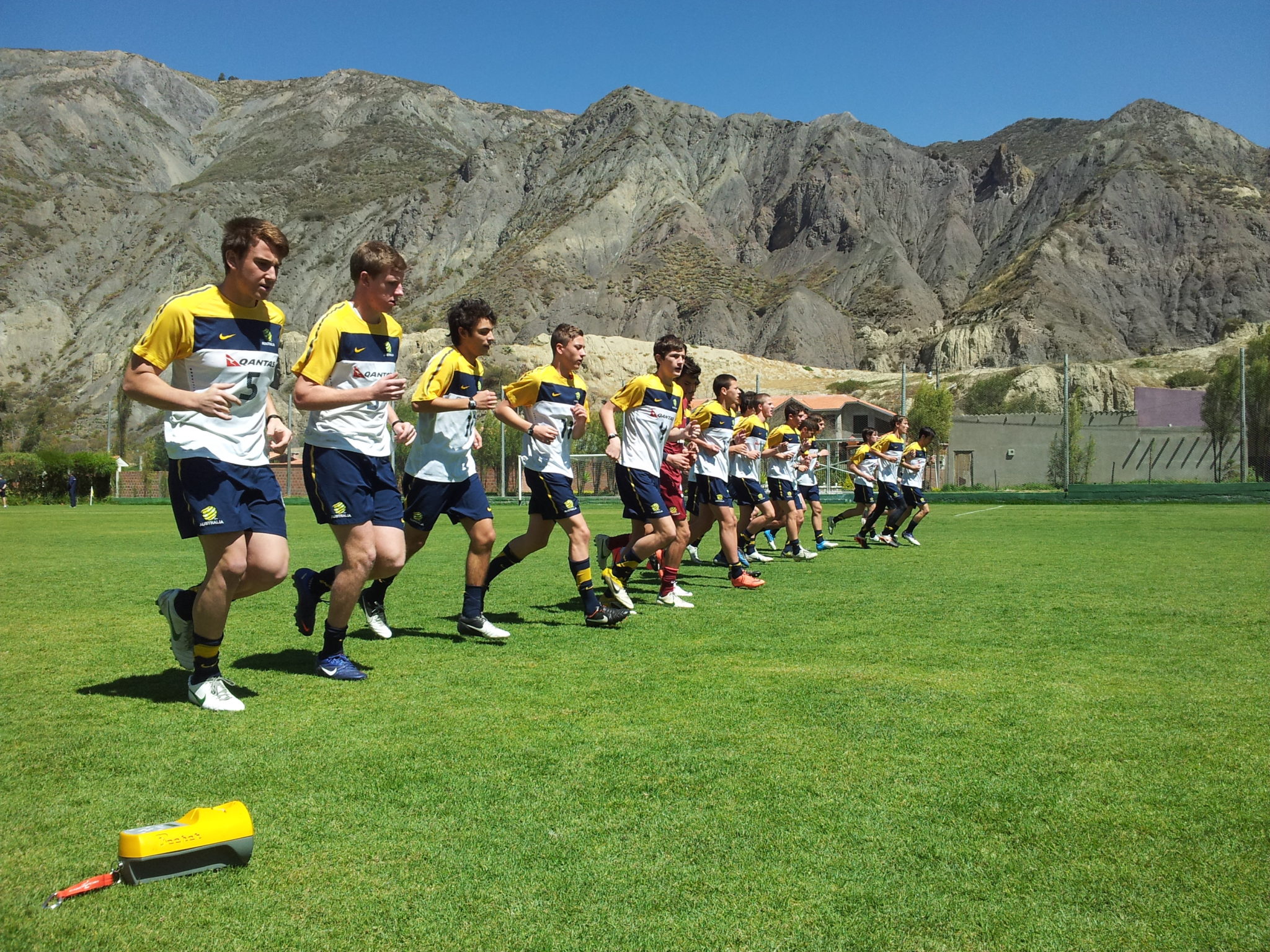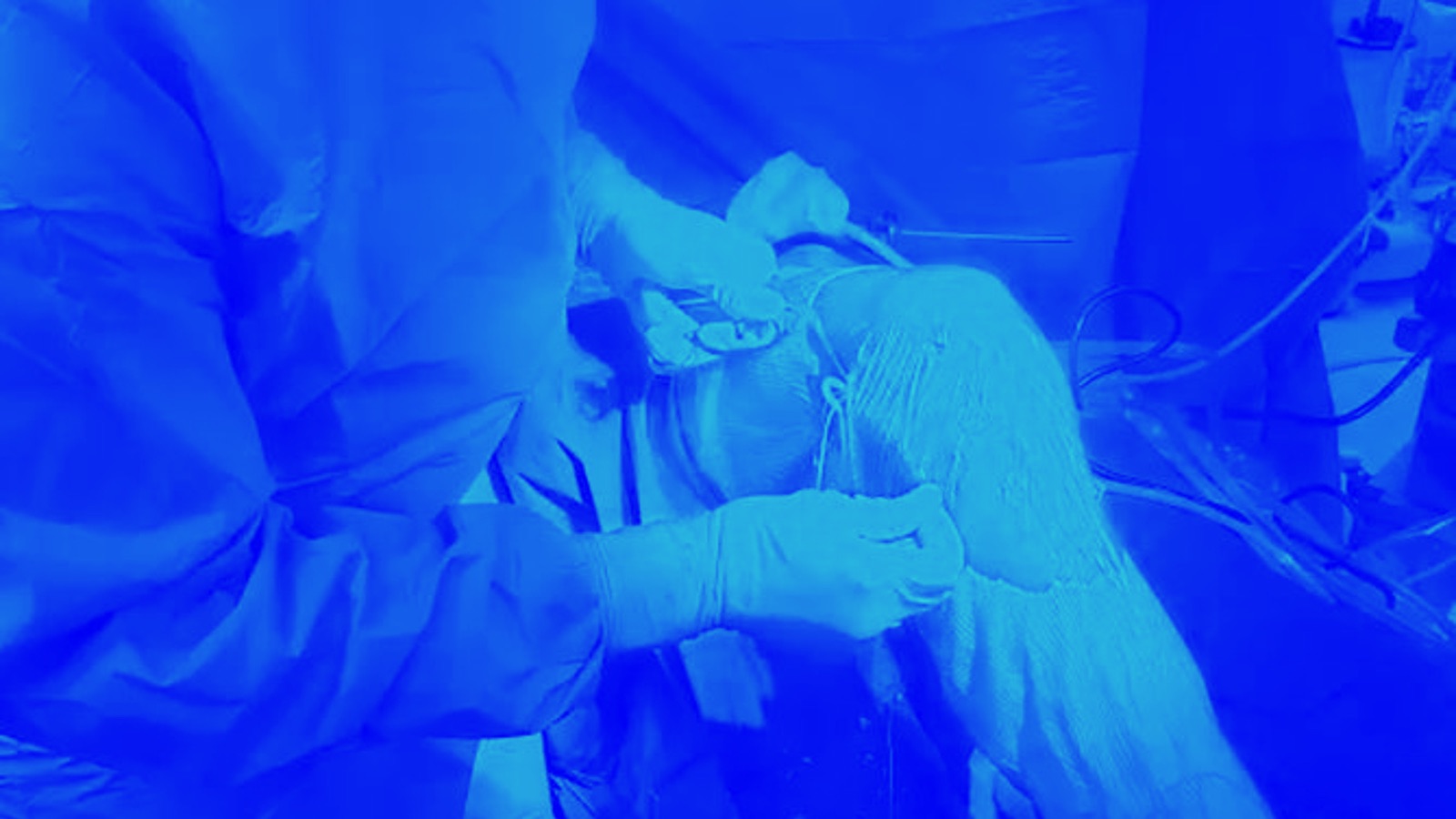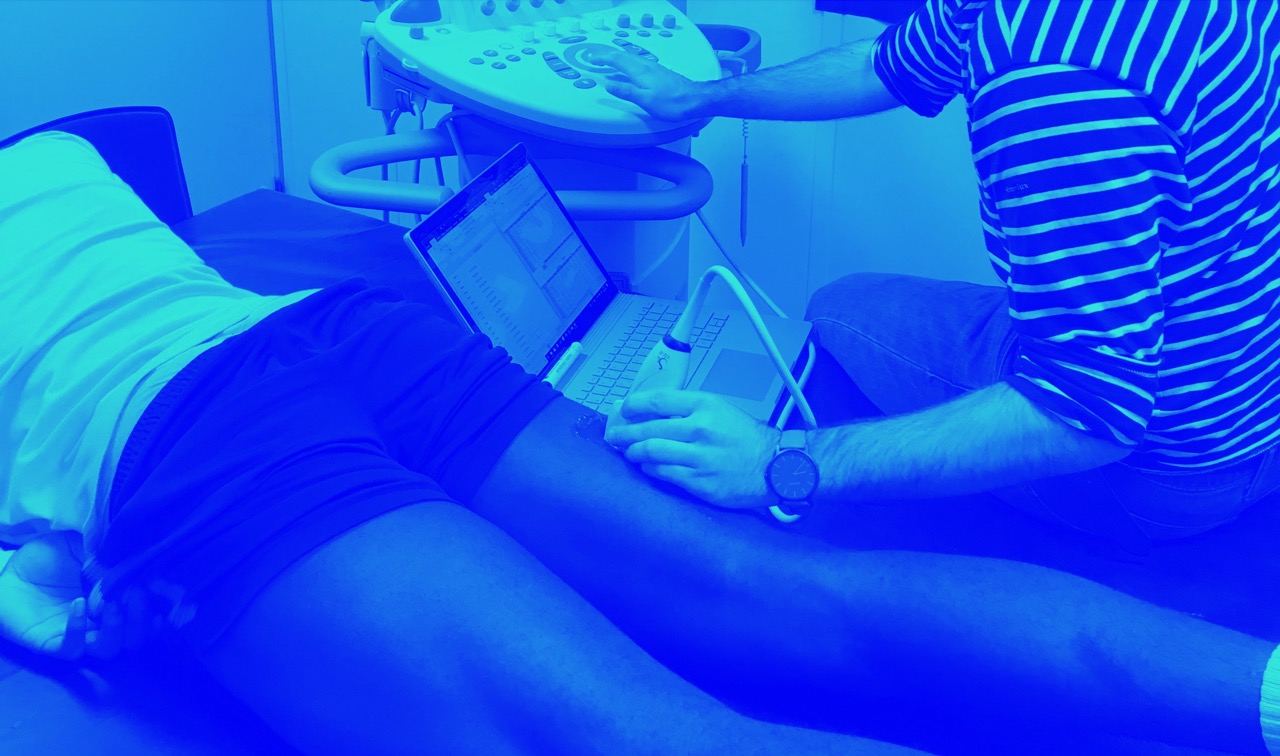Predicting sickness during a 2-week soccer camp at 3600 m

Martin Buchheit, Ben M. Simpson, Walter F. Schmidt, Robert J. Aughey, Rudy Soria, Robert A. Hunt, Laura A. Garvican-Lewis, David B. Pyne, Christopher J. Gore and Pitre C. Bourdon. Predicting sickness during a 2-week soccer camp at 3600 m (ISA3600). British J Sports Med 2014, In press.
What is known on this subject
- Living and training at high-altitude presents a physiological challenge for native sea-level athletes, with depressed immune function, altered autonomic function, acute mountain sickness and sleep disturbance often reported.
- Psychometric and physiological measures, such as questionnaires or resting HR, are used as indicators of general acclimatisation and tolerance to altitude.
What this study adds
- A >4% increased HR during submaximal exercise, in response to a moderate increase in perceived training load the day before, may be predictive of sickness the following day.
- All other variables examined including resting HR, HR variability or psychometric questionnaires don’t show consistent changes before sickness
ABSTRACT
Objectives. To examine the time-course of changes in wellness and health status markers before and after episodes of sickness in young soccer players during a high-altitude training camp (La Paz, 3600m). Methods. Wellness and fatigue were assessed daily upon awakening using specifically-designed questionnaires and resting measures of heart rate (HR) and HR variability. The rating of perceived exertion and HR responses to a submaximal run (9 km·h-1)were also collected during each training session. Players who missed the morning screening for at least two consecutive days were considered as sick. Results. Four players met the inclusion criteria. With the exception of submaximal exercise HR, which showed an almost certain and large increase before the day of sickness (+4%; 90% confidence limits 3,6), there was no clear change in any of the other psychometric or physiological variables. There was a very likely moderate increase (+79%, 22,64) in self-reported training load the day before the HR increase in sick players (4 of the 4 players, 100%). In contrast, training load was likely and slightly decreased (-24%, -78,-11) in players who also showed an increased HR but remained healthy. Conclusion. A >4% increased HR during submaximal exercise in response to a moderate increase in perceived training load the previous day may be an indicator of sickness the next day. All other variables, i.e., resting HR, HR variability and psychometric questionnaires may be less powerful at predicting sickness.



